London to Lima and back again
Author: Alex James
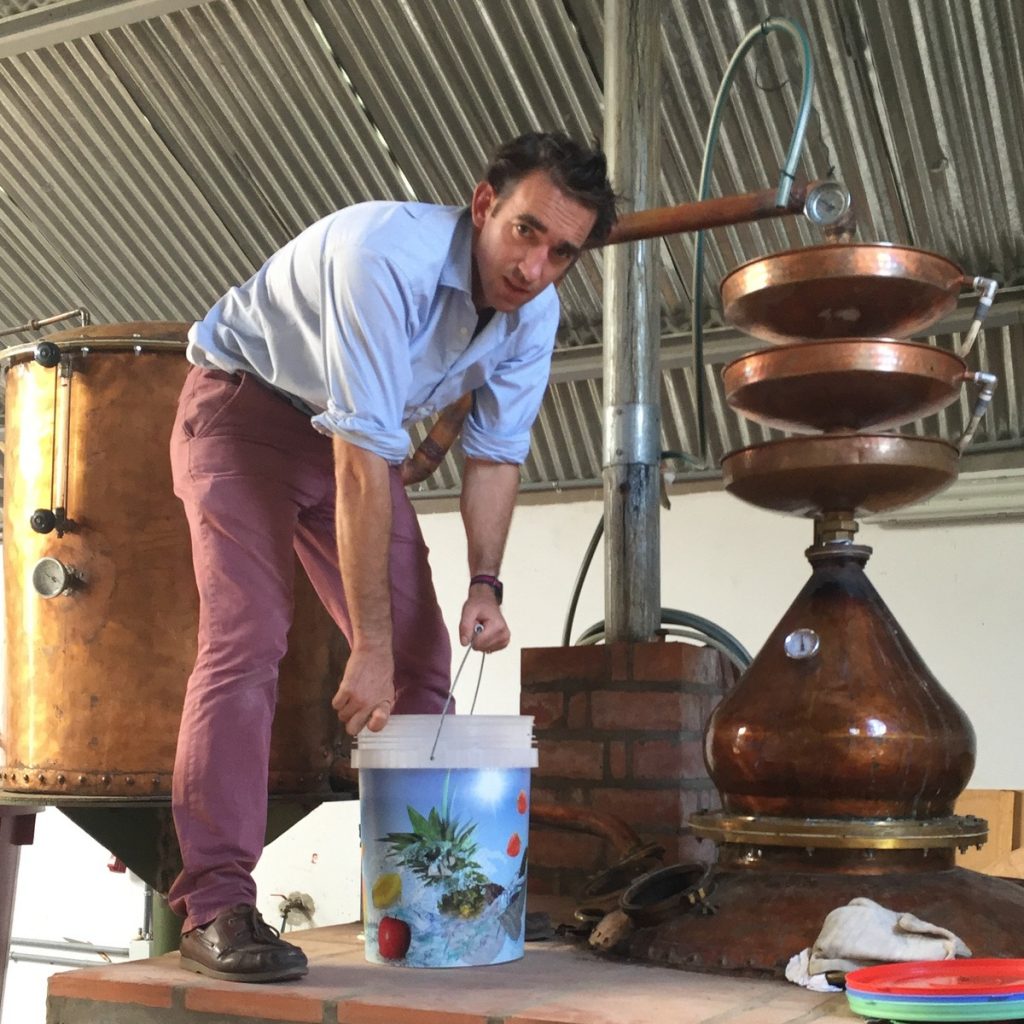
British Army Captain-turned-distiller Alex James traces his journey from the UK to Peru and back. In his own words, he tells the story of how he transformed London to Lima from accidental-moonshine-in-a-laundry-room to a bona fide business.
FROM LONDON TO LIMA
Alex and his wife, Karena, moved to Peru in search of a new adventure after the Army. With a mechanical engineering degree and an MBA under his belt, Alex had plans to launch a project in the jungle. The path looked relatively clear – until it didn’t.
“The washing-machine door clicked, followed by three beeps: my signal to start the distillation. I began to boil up the batch of rum wash and await the flow of heady aromas. This was my laundry room at home in Lima, where I had plumbed in a 20-litre copper pot still which I’d brought from London in a shipping container.
“We moved to Peru looking for adventure. Karena was eager to discover her roots, her parents having left Peru in the 1960s for postgraduate studies. We were introduced by my sisters, and I was bowled over at first glance. Peru was a land of opportunity and given time I knew we could make something work.
“Circumstances put shot to the original plan within two weeks of moving the family over, and I found myself with time to spend on my new hobby: distilling.”
TRIAL AND ERROR
What started as a hobby quickly developed into something more serious. Before long, Alex’s historic ties to wine and grape-growing would come full circle.
“Fortunately, we had a decent-sized laundry room. I started playing around and accidentally made moonshine; I had thought it was rum, but it lacked much depth of flavour. Popping some oak chips into the bottle, I found, was no substitute for barrel-ageing.
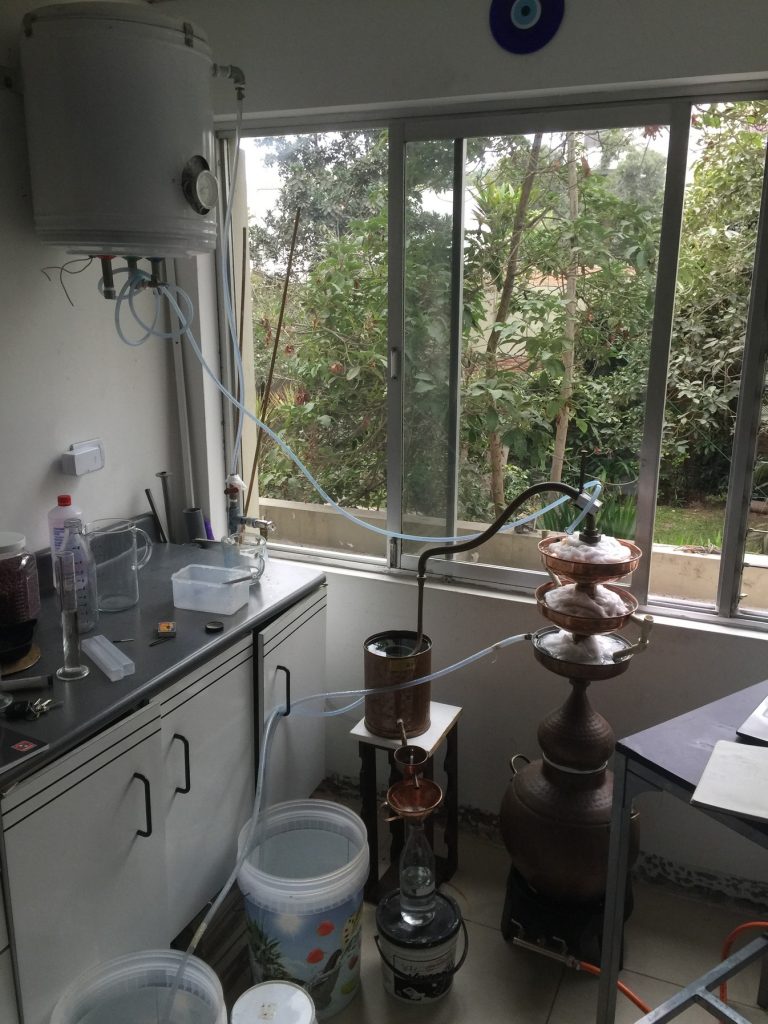
“Some friends were growing grapes to make Pisco, which is like an unaged Cognac but with strictly one distillation allowed [in Peru]. I helped with their harvest and started making Pisco myself, which gave me the idea to make a grape-based gin.
“My father was an equally mad entrepreneur and used to make wine in Gaillac, France. My first small step into commerce was selling his wine to my school friends, unbeknownst to him. I had also really enjoyed working as an intern on a grape farm in Namibia on my gap year. Swimming across the Orange River every lunch break to search the desert for ever-elusive diamonds that I had read about in a Wilbur Smith novel.
“Full of confidence, I began distilling and experimenting incessantly. The big challenge was to take it from the laundry room to a business.”
BACK ON SENTRY DUTY
The technical side was not so straightforward; it turns out there wasn’t really a playbook for making Pisco-based gin.
“Pisco distillation is done typically within a couple of weeks of harvest. I realised there were distilleries whose stills were not used for nine months of the year. I could save the initial investment and rent somewhere. Through a cricket connection I met a distillery owner (and former Peruvian Cavalry Officer) who kindly let me experiment on and off for a year until I rented the space full-time.
“It was a challenge. Almost all gin distillers buy neutral alcohol at 96% ABV. But I distilled fermented grape juice into Pisco, and then distilled that again into a base spirit, which I used to make gin. To distil the base spirit, I had to modify the still to reach a higher alcohol-by-volume (ABV) – which meant I needed to build a hybrid column. I had to dust off my mechanical engineering degree.
“I made modification after modification to the still. I worried I would never get to the flavour that I was after. Sat in my kitchen one summer evening I finally tasted the base spirit where I had eliminated a flavour that was bugging me. Eureka! I first made these modifications on a 20-litre still. When they eventually proved successful, I did the same to the 400-litre still from the Pisco distillery.
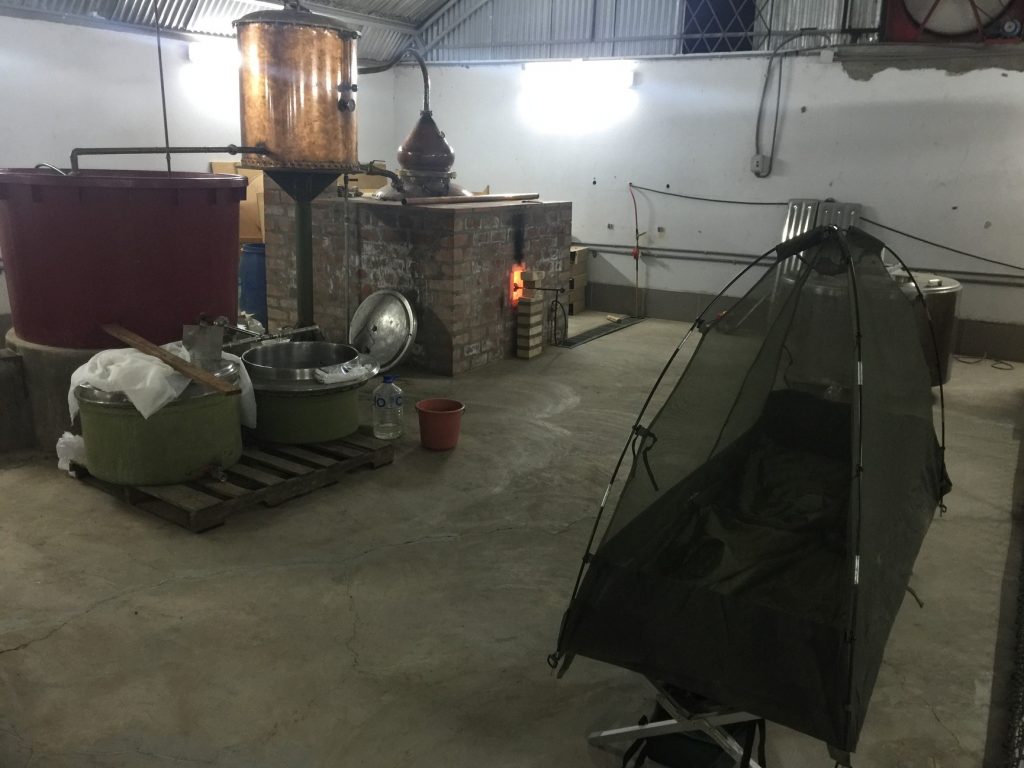
“I found it was taking a 40-hour distillation to get to the necessary ABV. It was like being back on sentry duty: I had to set my alarm every 90 minutes in the night to check my flow rates were correct on the cooling system. Too much cooling and the column flooded; too little, and the ABV dropped into a flavour threshold that I didn’t want. My nose became well-tuned. I could sense a change by sniffing the air. It was tiring, but it made a pleasant break from the hustle and bustle of Lima.”
WATER, WATER EVERYWHERE
If it’s not already clear, Alex is a hands-on operator. Involvement in every stage of the production process has taken him to some out-of-the-way places. His search for water is a notable example.
“While trekking in the Cordillera Blanca, part of the Peruvian Andes, it struck me that I should be sourcing water from glaciers, which are, ultimately, distilled water on a massive scale.
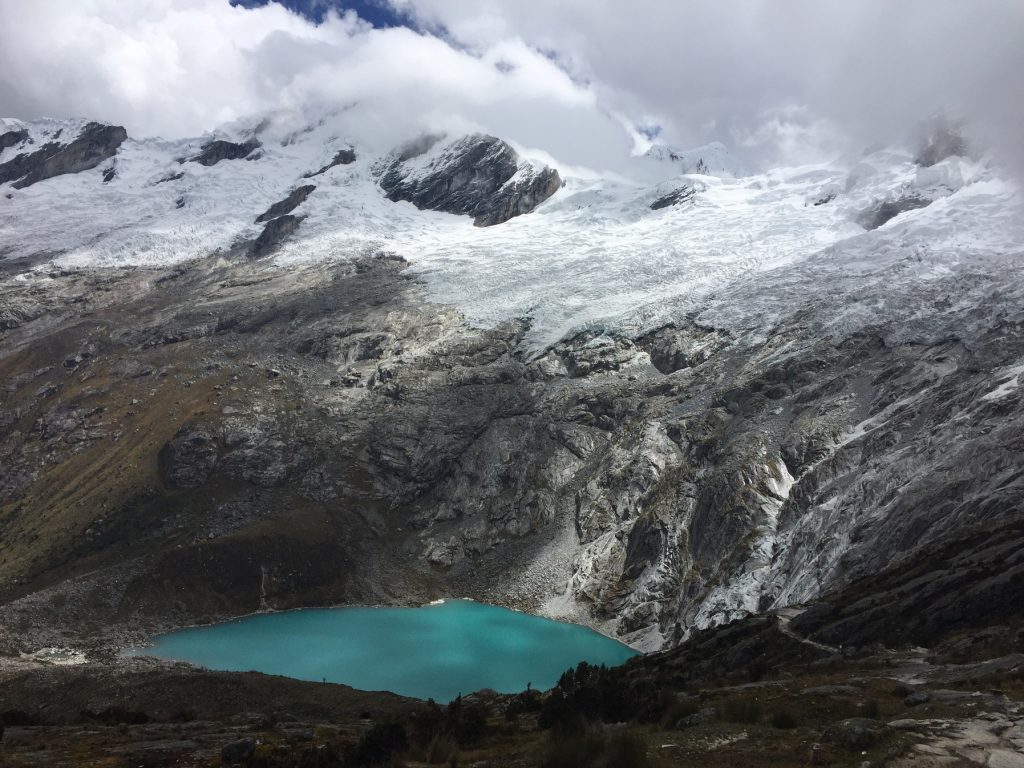
“Carving out glaciers obviously wasn’t appropriate. Seeing those pristine, turquoise-blue glacial springs was captivating. I reasoned that water must be leaking out of those lakes as springs somewhere further down the mountain, so I went looking for glacial springs. I spoke to a local guide, Carlos, about how to find one. Carlos teaches at a mountain training school; he set his students to work, searching and asking the local communities for possibilities. Their brief was to find a spring that was just about accessible, not contaminated by human populations. He came back with some options and off I went to visit them.
“There was one that stood out. I had to beef up the suspension of my Land Rover to cope with the 1.2 tonnes of water. The brakes also got an upgrade. I still managed to douse myself, my intern James and the dashboard in ice-cold water once, trundling down the rocky road. We had no music for our nine-hour drive back to Lima, so I taught James a few Irish folk songs.”
SMOOTH SAILING?
Alex then undertook a master’s degree in brewing and distilling, which set him up for future success – though the challenges didn’t stop there.
“It was difficult to find the time to study on top of the business and a growing family. But it was an amazing learning experience, and it was valuable to see where the latest research was focusing. It gave me more confidence that I was doing things correctly, and it helped me decide what I should do next.
“Then, almost literally, the roof caved in. Sadly, the man from whom I rented the distillery passed away, and I couldn’t reach an agreement with his family. I had to move and start again. We searched and found an abandoned cattle-ranch. Some of the buildings were just about serviceable. We invested a great deal of time, eventually building a new distillery with lots of charm and character. We only signed the purchase three months before moving the family back to London in 2022, which made the setup particularly difficult.
“We fitted it out with a 1,250-litre copper still of my own design, built with talented local metalworkers. The worry, the sleepless nights: have I built the still strong enough? Have I sized the chimney correctly? Will the 20,000-litre cooling-tower be suitable? Will the firewood or gas burners scorch the botanicals or the grape must? What will it taste like?
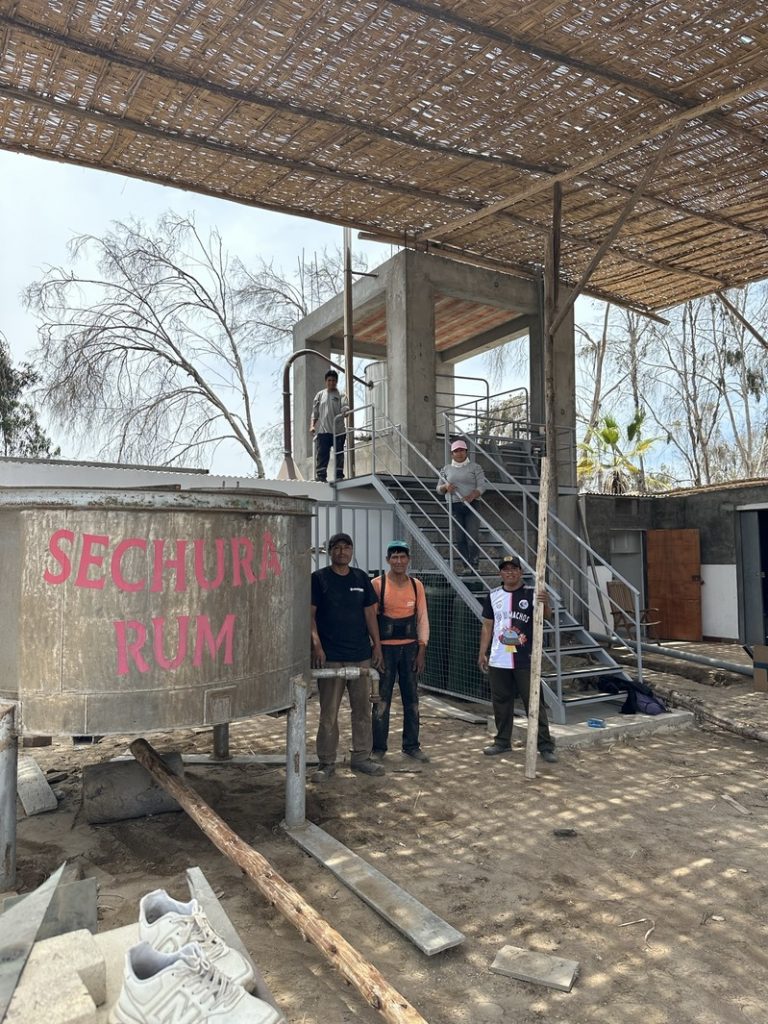
“The new distillery is off the grid. I had to power my cane presses off petrol engines, and I had to build a new cane press. Why didn’t I import one? Building it myself was more cost-effective and a greater learning experience. This is why I build most of the things that I build; I enjoy the challenge.”



Amazing, that is an astonishing story, proper craft. Love that and will be buying that.